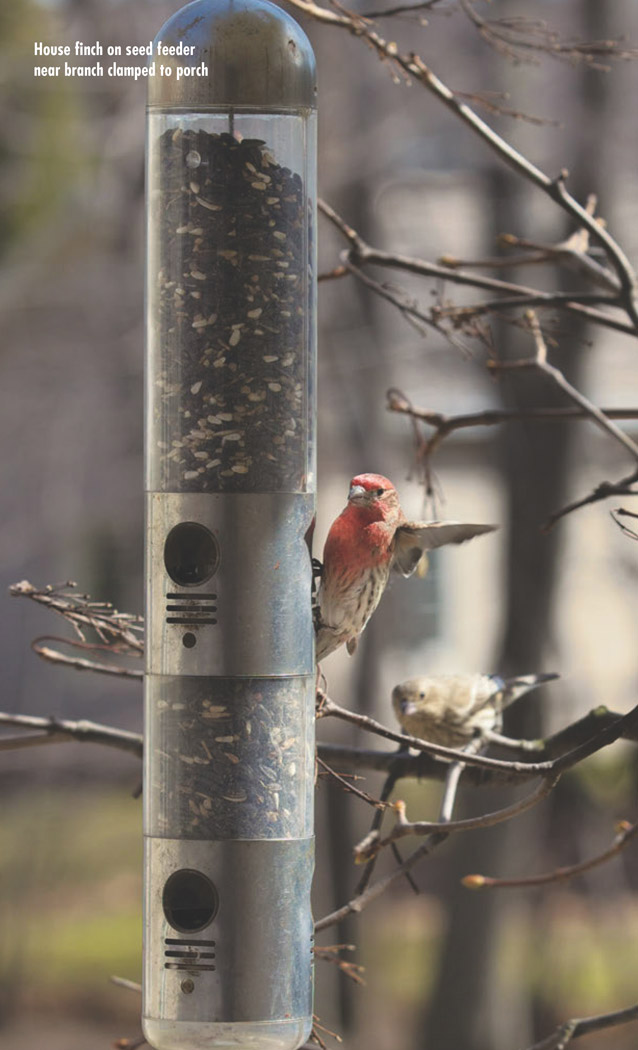An imprint of Rowman & Littlefield
Distributed by NATIONAL BOOK NETWORK
Copyright 2016 by Rowman & Littlefield
All photography by Nic Minetor
All rights reserved. No part of this book may be reproduced in any form or by any electronic or mechanical means, including information storage and retrieval systems, without written permission from the publisher, except by a reviewer who may quote passages in a review.
British Library Cataloguing in Publication Information Available
Library of Congress Cataloging-in-Publication Data is available on file.
ISBN 978-1-4930-2234-2 (paperback)
ISBN 978-1-4930-2235-9 (e-book)
 The paper used in this publication meets the minimum requirements of American National Standard for Information SciencesPermanence of Paper for Printed Library Materials, ANSI/NISO Z39.48-1992.
The paper used in this publication meets the minimum requirements of American National Standard for Information SciencesPermanence of Paper for Printed Library Materials, ANSI/NISO Z39.48-1992.
Introduction
Why do more than sixty-eight million people in America watch birds? Perhaps its the birds seemingly infinite diversity in limitless combinationsthe remarkable variety of sizes, colors, songs, and behavior patterns we can observe. Once we look beyond the sooty pigeons at the bus station or the starlings soaring in synchronized flocks over congested highways, the diversity of this family of the animal kingdom is staggering. In North America alone, we can count more than 950 bird species that either breed in the continental United States and Canada, or put in regular appearances around the continents fringes as they drift over from faraway shores.
Birds telegraph the change of seasons, they clear last years berries off of your bushes and reduce the number of grubs in your lawn, and they brighten your mornings with their song. They already share your garden and your neighborhood with you, but perhaps you havent formally invited them over for dinner. This book tells you how to extend that invitation, by planting the right flowers, shrubs and trees and putting out the right foods and drinks to make your garden their favorite place to dine.
Dedicated garden birders in New England can tell you that over the course of a year, you might see more than seventy different species in your own yardfrom hawks, geese, and gulls passing overhead to many varieties of sparrows, finches, and other small birds at your feeders and in your shrubs and trees. If youre fortunate enough to live on the edge of a pond or lake, in a farming community, or near a desertor if you have a large property with many treesyour backyard visitors may expand to number more than one hundred different species.
Whether your backyard is a compact square in a subdivision, an expansive suburban lawn, a mowed oasis surrounded by open land or forest, or a windswept landing on a bluff overlooking the ocean, you can bring birds into your yard to enjoy their life cycle of courtship, nesting, raising young, and departing for warmer climates. You neednt be a master gardener or a top-notch birder to engage with the feathered creatures in your areain fact, all you need to do is follow a twentieth-century song lyric: Find out what they like and how they like it, and let em have it just that way.
Many a beginning bird gardener can point to experiments that failed and plants that perishedbut you dont have to suffer through such wallet-draining mistakes. This book will help you make the right choices the first time, whether its the purchase of shrubs that will fill your yard with berry-eating birds all winter, or selection of the most effective oriole feeder and what to put in it to bring bright orange birds to your window.
We offer many recommendations for plants that actively attract birdssome for the seeds they produce when the flowers fade, and others for their wealth of fruit, dense foliage that provides cover, and strong limbs that serve as stable nesting locations. As you plan your own garden or transform your existing landscape with native species, we urge you to consult your local nursery to find the hardiest species for your habitat. What works on the Atlantic coast may not thrive in the mountains of Vermont and New Hampshire, so choose your plants wisely for your own landscape.
By following the principles in this book, you can turn your yard into the habitat of choice for all manner of marvelous birds.
1 Bird Lovers Garden Essentials
Before you begin choosing feeders, buying bags of bird food and planting flowers that will produce seeds and nectar, make sure youre ready to enjoy the birds that will most certainly arrive in your yard.
Just as the birds need food, water, and shelter, you need a few essentials to make your bird lovers garden experience as rich and colorful as it can be. Lets start with the birding basics, so the garden you create will bring you the most enjoyable birding experience.
A CLEAR VIEW
Where in your house can you sit comfortably and look out a window? Whether you have a wide bay window in your dining room, a sliding glass door off of your kitchen, or a portal near your desk in your home office, youll want to place the plants that will attract birds where they can be seen from that window. This is particularly important when wintry weather can keep you from spending a lot of time on a deck, porch, or patio. Looking out the window over your morning coffee and watching a variety of birds feasting at your feeders or in your shrubs can make a frigid, overcast winter day seem a great deal brighter.
You dont need a panoramic, ceiling-to-floor window to enjoy the view of birds visiting your yard. Choose the window that reveals the greatest number of natural featurestrees, shrubs, water (puddles count!), and lower plants. Be sure to select comfortable furniture for your viewing window. You may find yourself sitting for extended periods, so have a well-padded chair, a table on which to take notes, and quick access to food and drink. Its no wonder that most people choose their kitchen table to serve as Bird Watching Central.
We often look out windows without really seeing what is there: overgrown shrubs that block the view, vines that crisscross the glass, or old and dirt-clogged screens that obscure what lies beyond. What features of your yard can you see? Are there trees and shrubs that could provide places to hang viewable feeders? Where might you add a birdbath or brush pile that might attract birds within your line of sight? Where could you plant a flowering tree or shrub that will produce berries to attract a wider variety of birds?
Remember, nothing brightens a room or improves a view more than a clean window. Wash your windows with warm water and mild soap at least twice a year, using a soft cloth or an old T-shirt. Use a squeegee to help minimize the potential for streaking. If youve got stubborn stains or embedded soils, many professionals swear by a solution of two parts distilled white vinegar and one part water. This will remove hard water spots, dirt, and other gunk, without generating harmful ammonia fumes.
However, beware of dangers that clean windows will pose to the birds outside. Birds may see only the reflections of trees, sky, and clouds and fly headlong into the glass. Experts say that millions of birds are killed by window strikes each year. You can help by adding one or more warning decals that let birds know something solid is ahead. The best ones absorb ultraviolet light, so they are translucent to humans, but bright blue to birds.



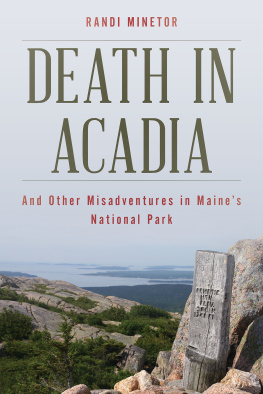



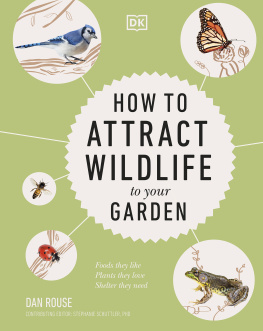
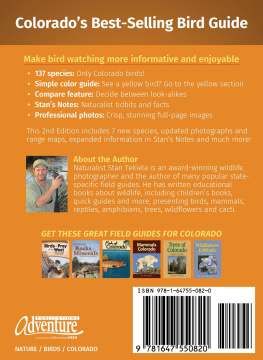
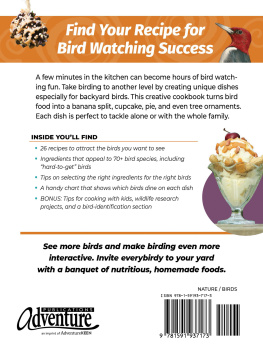
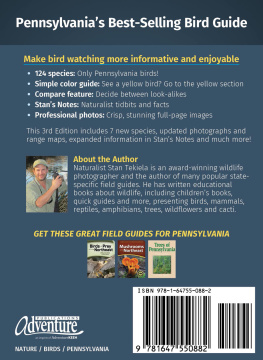
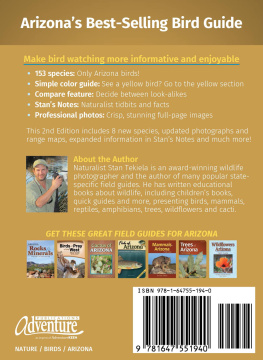
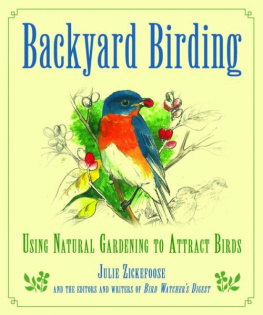


 The paper used in this publication meets the minimum requirements of American National Standard for Information SciencesPermanence of Paper for Printed Library Materials, ANSI/NISO Z39.48-1992.
The paper used in this publication meets the minimum requirements of American National Standard for Information SciencesPermanence of Paper for Printed Library Materials, ANSI/NISO Z39.48-1992.